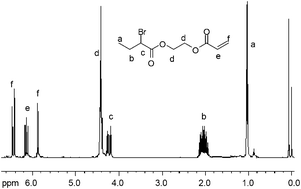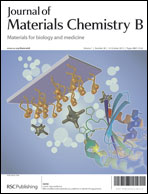Different approaches have been used in developing new coronary stents to protect against thrombosis and minimize restenosis. Here we describe a new zwitterionic bare metal stent (BMS) surface based on 2-((bromobutyryl)oxy)ethyl acrylate (BBEA) hyperbranched polymer. The new BMS produced was studied for its blood compatibility. The hemocompatibility studied including platelet adhesion tests, hemolysis assay, morphological changes of red blood cells (RBCs), coagulation time tests, plasma recalcification time (PRT) assay, complement activation, and platelet activation at the molecular level. Moreover the cytotoxicity of BMS before and after modification was also characterized by MTT assays. Most assays had remarkable differences in the presence of the new zwitterionic BMS, indicating the importance of the zwitterion.
You have access to this article
 Please wait while we load your content...
Something went wrong. Try again?
Please wait while we load your content...
Something went wrong. Try again?


 Please wait while we load your content...
Please wait while we load your content...